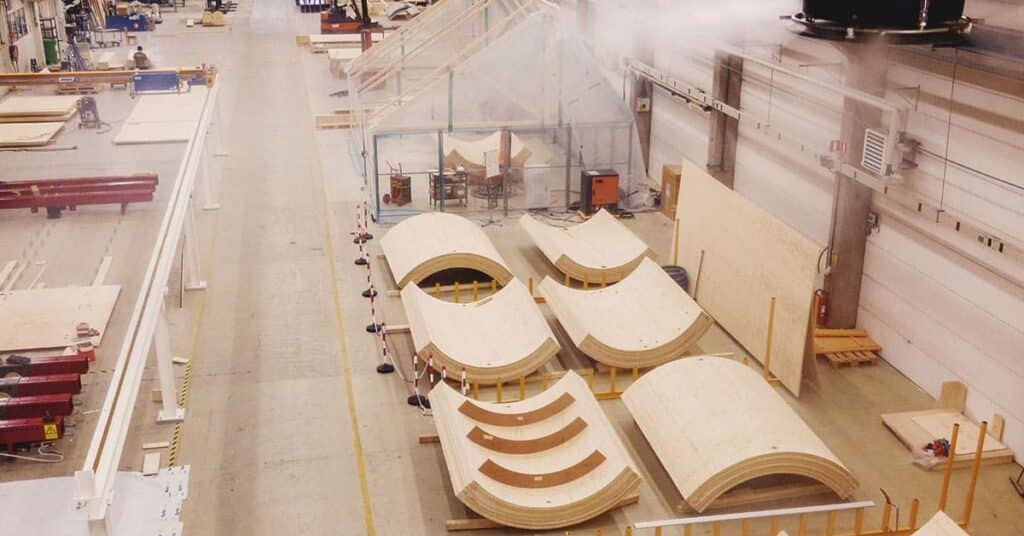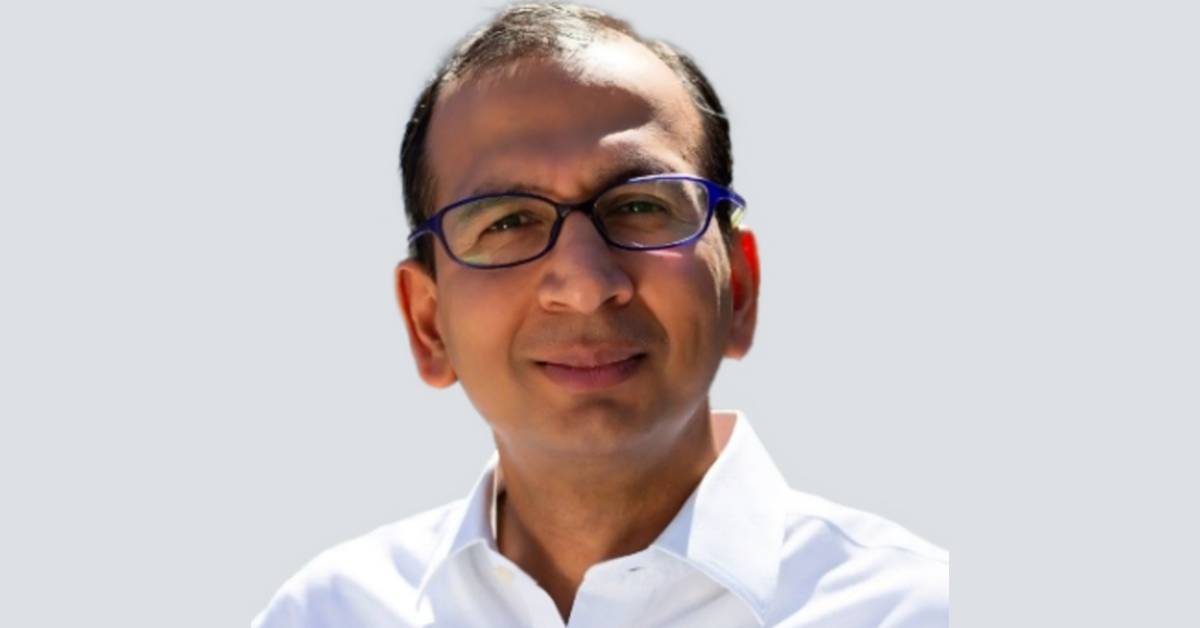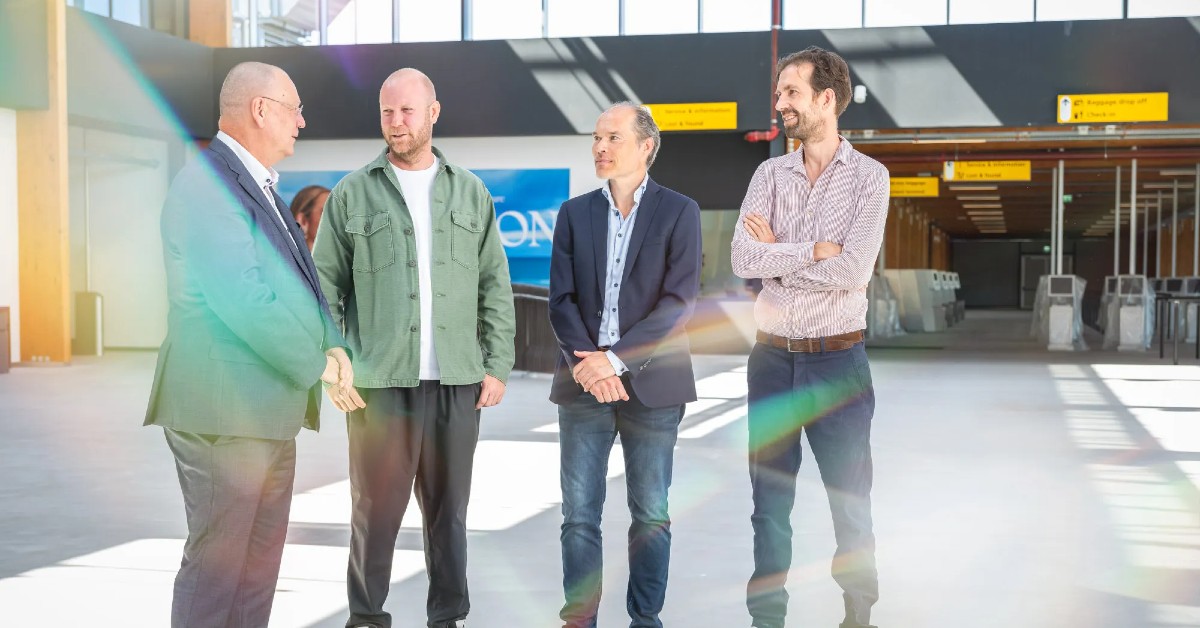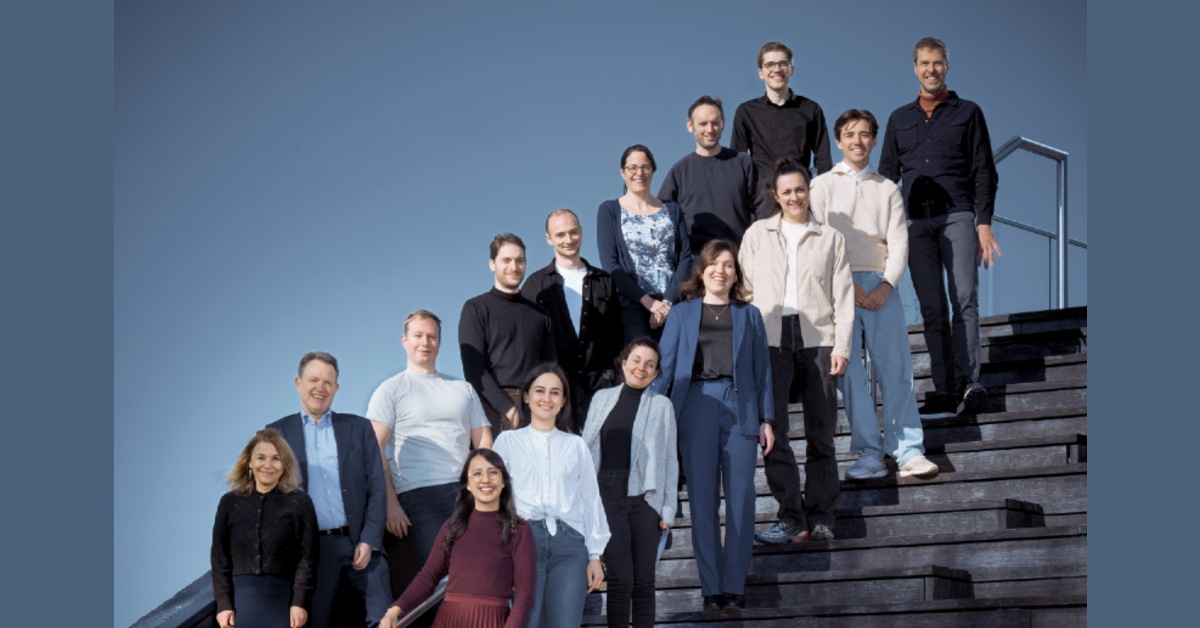Sweden-based Modvion, a company developing modular designs in renewable engineered wood to simplify and improve construction logistics, announced on Monday, February 6, that it has raised SEK 125M (approximately €10.98M) in funding.
The investment came from global wind turbine manufacturer Vestas, Almi Invest Greentech, the European Commission’s EIC Fund, Course Corrected VC, and Symbia VC, an Austrian corporate VC fund focused on innovation along the wood value chain.
Todd O’Neill, CEO at Vestas Ventures, says, “Modvion holds significant potential to increase sustainability within the wind energy industry. The modular tower technology also addresses a number of challenges when it comes to building taller turbines, which is an important element in producing the most cost-effective energy.”
Among the participating investors were a group from Falkenberg looking to support Swedish industrial initiatives.
Modvion: Everything you need to know
Founded in 2015 by Otto Lundman and David Olivegren, Modvion is accelerating the shift to sustainable energy and materials by building wind turbine towers out of laminated wood -nature’s own carbon fibre – for large-scale applications.
According to Modvion, the use of wood in place of material that produces a lot of emissions, such as steel and concrete, allows for drastic reductions in emissions. The company has created wind towers that can achieve the heights the wind power industry is aiming for while being cost-effective, thanks to its modular technology.
The modules are made using an engineered wood product called Laminate Veneer Lumber (LVL), which has a higher specific strength than steel, allowing for a lighter tower construction. Without the need for extensive permitting processes or road closures, the modules can be quickly packed on trucks and carried on public highways.
When compared to a standard steel tower of the same height and load, the production of a timber tower reduces emissions by 90 per cent, mentions Modvion in a statement. The tower becomes carbon negative since it is binding more CO2 than it emits during manufacture because wood also stores carbon.
Otto Lundman says, “Using wood enables for radical reductions in emissions while enabling the industry to build taller wind turbines. The higher the tower, the more cost-effective it is to build with wood.”
Later this year, Modvion says it will reach its next milestone by constructing its first commercial installation. The 2-megawatt wind turbine will be 150m tall when the blades are added. The company also has plans for a 6-megawatt wind turbine, one of the largest platforms used on land, while in parallel scaling up production capacity.
By 2030, the average size of a wind turbine is anticipated to have doubled, from 3.4 megawatts on a worldwide scale to 6.6 megawatts. Large European markets are already far ahead of schedule, and Modvion claims that its approach is the most competitive since taller towers are required for larger wind turbines.
Capital utilisation
The Gothenburg-based company says it will use the funds to take its wooden wind turbine towers to the market.
Modvion CEO, Otto Lundman, says, “To fight climate change, we need more renewable energy, and increased use of sustainable, wooden constructions. This oversubscribed issue will allow us to take the next step in bringing our technology to the market and help the wind industry to build sustainable and cost-effective towers.”











01
From telecom veteran to Dutch Startup Visa success: The Jignesh Dave story